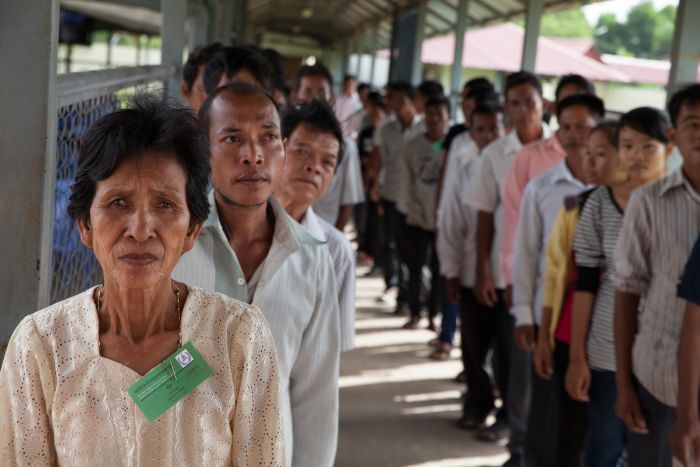< Country Case Studies
Sudan
Since the mid-20th century, more than 2.5 million Sudanese have been killed in brutal conflicts between the north and south, in Darfur, South Kordofan, Blue Nile, and in other regions. Although the north-south civil war ended in 2005, ultimately leading to South Sudan's independence in 2011, violence has continued within Sudan and civilians remain at risk. Since the removal of former President Omar al-Bashir in a military coup in April 2019 levels of violence against civilians have continued to increase. Our Early Warning Project considers Sudan to be one of the highest-risk countries for a new mass killing in 2022–23, ranking at 9th highest-risk among 162 countries. View our resources on the 2003–05 genocide and on the humanitarian crisis on the border with South Sudan.
-
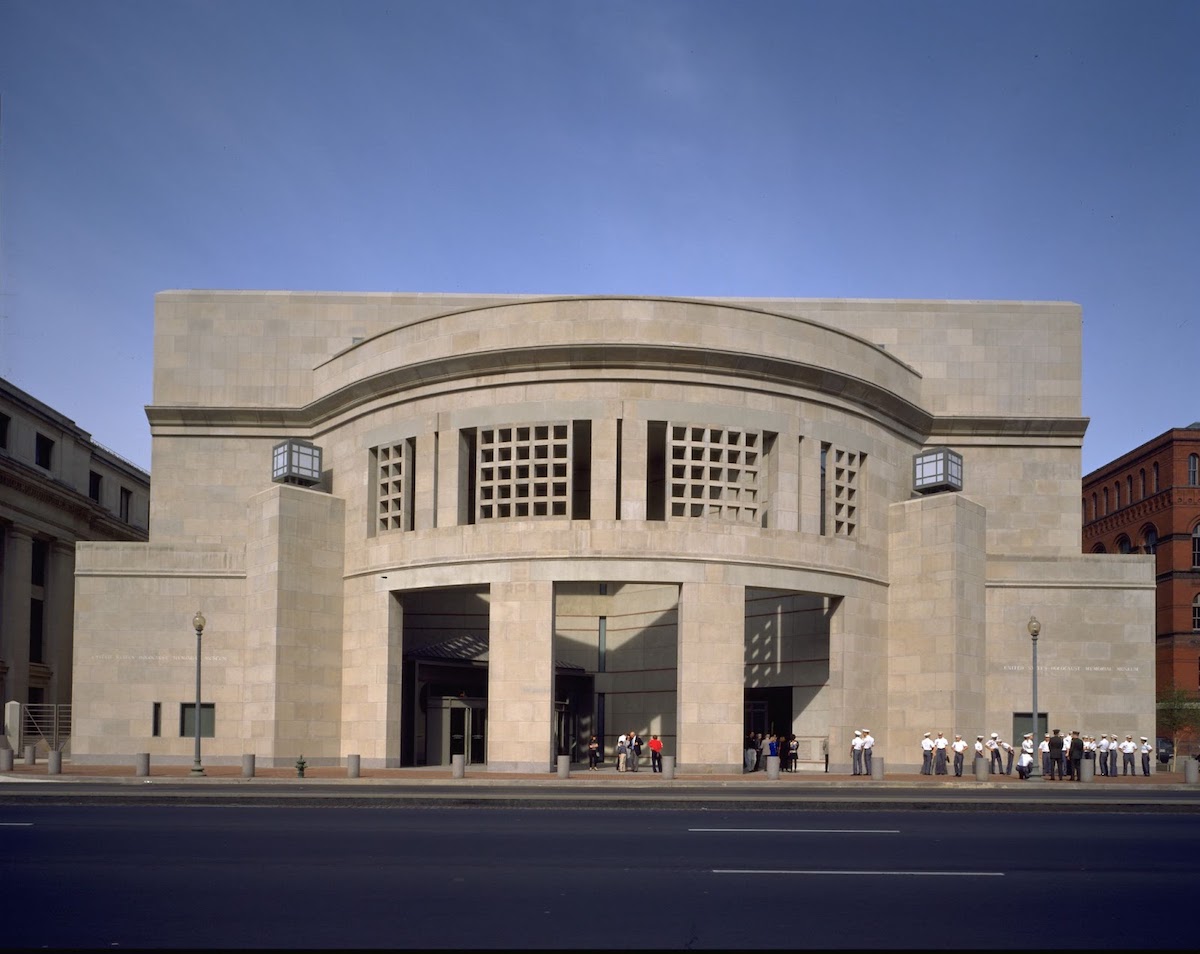
Museum Statement on Risk of Genocide In Darfur
The Museum is deeply concerned about the dire risk of genocide in Darfur. Twenty years after the Museum first warned of genocide there, this June 2023 warning should galvanize the world to prioritize the protection of those vulnerable to attack.
-
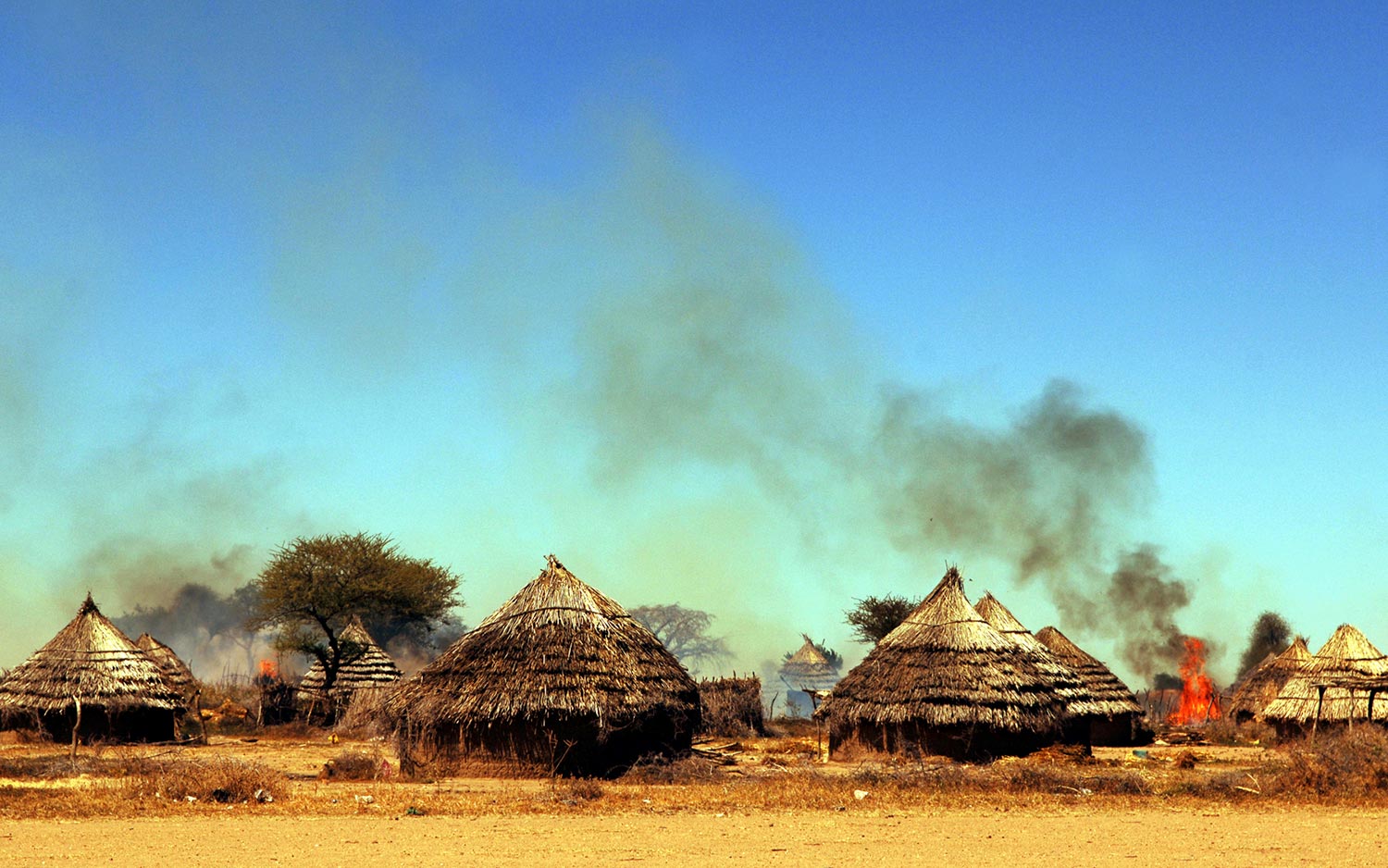
Risk of Mass Killing
Our quantitative assessment, from the Early Warning Project, estimates the risk of mass killing in Sudan over the next year.
-
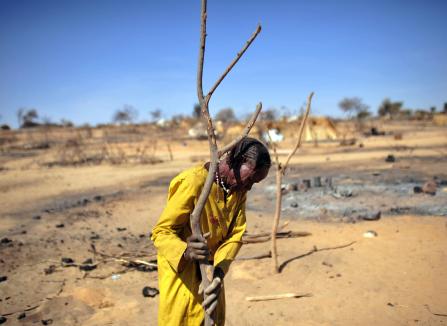
Sudan, A Case Study
Discover what led to the violence in the mid-2000s and the international response.
-
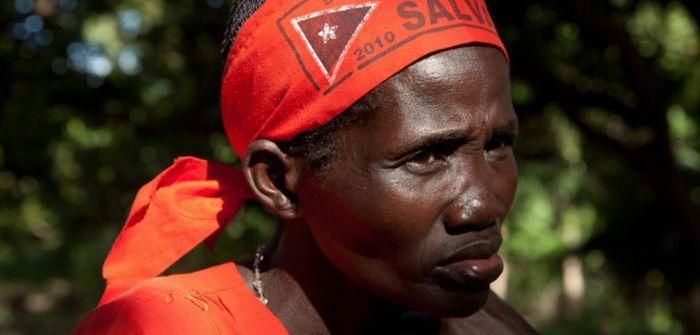
Bearing Witness: Sudan at the Crossroads
The Museum led a bearing witness trip to southern Sudan in 2010 as it prepared for the referendum on independence.
-

Humanitarian Crisis in Border Regions
View photos and a firsthand report by photojournalist Pete Muller on his 2012 visit to border areas between Sudan and South Sudan.
-

Remarks by Elie Wiesel on Sudan Atrocities
Read a speech by Holocaust survivor and Museum founder Elie Wiesel at the 2004 Darfur Emergency Summit.
-
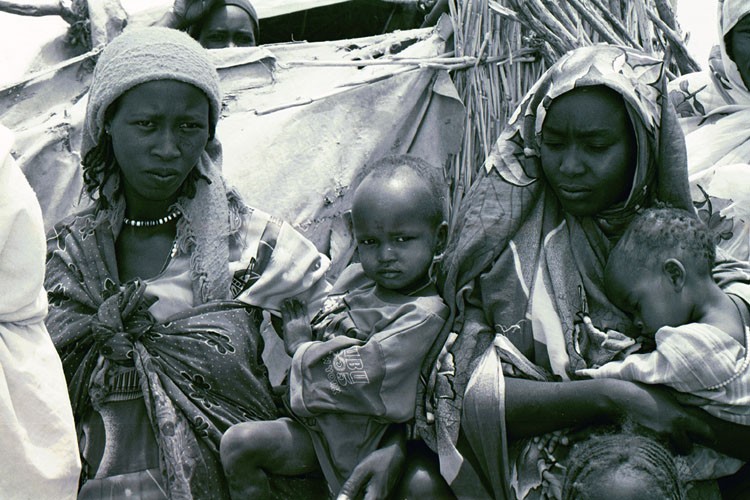
Darfur
Learn about the 2003-2005 violence in Darfur and the international response in the Musem’s Holocaust Encyclopedia.



